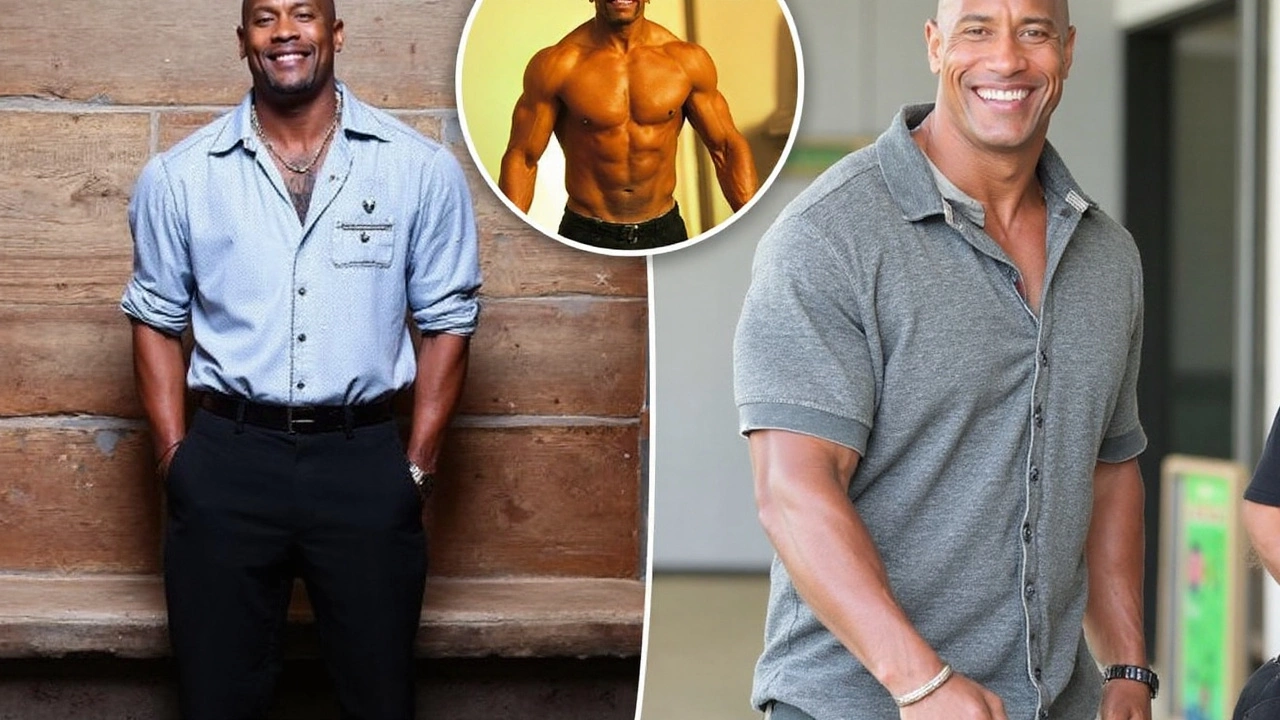A leaner Rock at Venice, built for a bruising biopic
Dwayne Johnson showed up at the Venice Film Festival looking like a different man—on purpose. For A24’s The Smashing Machine, he’s traded the trademark superhero bulk for a frame closer to an old-school heavyweight fighter’s. Industry chatter puts the drop at roughly 60 pounds, taking him from his usual 300-pound range to about 240. In photos from Venice, the 53-year-old wore a loose shirt and a calm grin while the internet did its thing: memes, split screens, and a new nickname—“The Pebble.”
The transformation is part of his turn as Mark Kerr, a ferocious force from the late ’90s and early 2000s who helped define the early years of mixed martial arts. A24 has called this Johnson’s most dramatic project yet, and that fits the subject. Kerr wasn’t just a winner; he was a storm—dominating tournaments, then wrestling personal demons in full view. The original 2002 HBO documentary The Smashing Machine captured that intensity. This new film pushes it into narrative territory, with Johnson in the most human, vulnerable role of his big-screen career.
The Venice debut drew crowds and a blur of social media reactions. “He will be known now as the pebble,” one user joked, while another posted, “That’s The Pebble, not The Rock.” Plenty of others cheered the shift, pointing out that holding onto bodybuilder size into your 50s is punishing. One fan praised him for going leaner as a lifestyle choice, comparing it to Dave Bautista’s pivot away from maximum mass. Johnson also stopped by the Miu Miu Women’s Tales event during the festival, a reminder he’s still the franchise-sized celebrity even when he isn’t built like a franchise.
What changed? You can see it in the shoulders and midsection—less water retention, longer muscles, and the kind of conditioning you get from grappling, roadwork, and ring time rather than pure hypertrophy. Trainers who coach fighters say that look doesn’t happen from a few weeks of dieting; it takes a focused plan and months of structured training. For a role like Kerr, that means leaning into endurance, flexibility, and the rough-and-tumble of clinch work rather than chasing the heaviest bench press.
Why this role demands it—and the story Johnson wants to tell
Mark Kerr isn’t a simple sports biopic subject. He was a collegiate wrestling standout who crashed into the nascent MMA scene like a wrecking ball—then lived through the cost of it. He fought in the era before the sport fully found itself, when rules were evolving and fighters often pushed their bodies to extremes. The HBO documentary showed two versions of Kerr: the unbeatable athlete and the man battling painkillers, pressure, and a complicated personal life. That duality is the spine of this new film.
Emily Blunt co-stars and, from what’s been shared, plays a central figure in Kerr’s personal orbit. Expect the film to spend as much time outside the ring as in it. The hooks are there: the rise, the wins, the fame—and then the grind of staying on top while everything else unravels. That’s where the performance lives. If Johnson nails it, audiences won’t remember his biceps; they’ll remember his face in the quiet moments.
For anyone new to Kerr, here’s the short version of his fighting résumé:
- Two-time UFC tournament champion during the promotion’s early era.
- Prominent run in Pride Fighting Championships in Japan, where heavyweights became international stars.
- A career defined by overwhelming wrestling, brutal ground control, and raw physical force.
That kind of athlete wasn’t a bodybuilder’s poster. Thick through the core, powerful legs, durable shoulders—more torque than show. Johnson’s new frame mirrors that build. It’s less about posing and more about pressure, exactly what made Kerr terrifying in the ring.
The timing adds another layer. At 53, Johnson has built a brand on near-mythic size. Shedding it signals intent: he’s not playing a larger-than-life demigod; he’s playing a man who bled, won, and broke. A24 leaning into the darker corners of Kerr’s life tells you how they see the film: not glossy sports storytelling, but something closer to a character study with bruises. Benny Safdie, known for nervy, human-scale chaos, is steering the project, and the style fits. Expect sweat, tape, and the sound of the crowd thumping through the canvas.
The reaction online has been loud, but there’s a quieter piece of this too: sustainability. Actors who carry extreme mass year-round talk about the cost—joints, sleep, blood pressure, recovery. Coaches say a gradual drop toward a fighting-weight silhouette can actually help with performance and longevity. If the role nudged Johnson toward that, it’s a win beyond the screen.
The Smashing Machine is slated to open on October 3. After Venice, the campaign gets simpler: build word of mouth around transformation and craft. For once, the “before and after” photos aren’t about vanity. They’re stage-setting. The Rock didn’t just shrink. He changed shape to fit a story where every pound—and every scar—matters.
